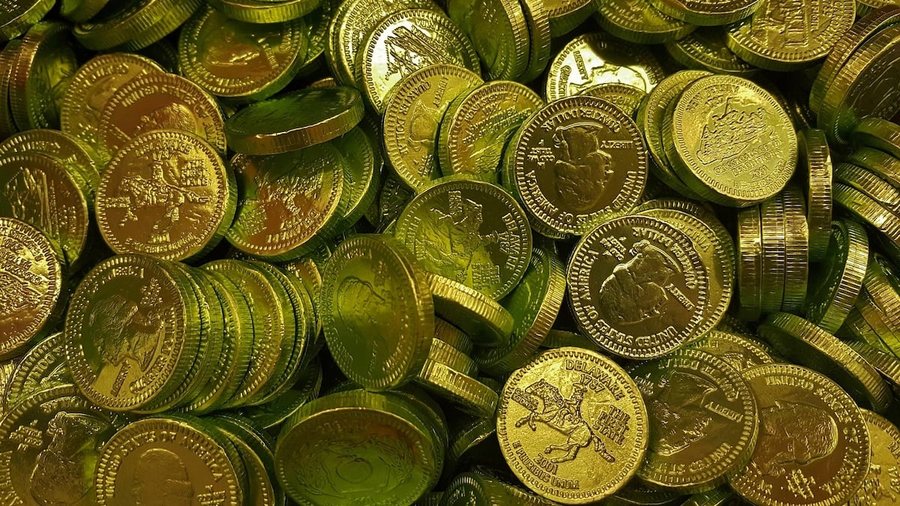
According to a recent report by the Financial Times, Germany and Italy hold the second and third largest gold reserves in the world, respectively, after the United States, with 3,352 and 2,452 tons of gold, according to data from the World Gold Council. However, a significant part of this treasure is not located on German or Italian territory: most of the bullion is stored at the New York Federal Reserve, in the heart of Manhattan.
This practice, which dates back to the Cold War, was linked to confidence in American financial stability and fears of Soviet invasion. Currently, about 37% of Germany's gold and 43% of Italy's gold are still in the US. But the turbulent geopolitical situation, wars near Europe's borders, tensions in the Strait of Hormuz and the unpredictable policies of President Donald Trump have raised concerns.
"We are very concerned about the possibility that Trump will influence the independence of the Federal Reserve," said Michael Jäger, president of the TAE. He emphasized that the recommendation is to return gold to Europe to guarantee full control of central banks, writes A2 CNN.
In this context, the mysterious fate of gold confiscated during World War II has also begun to be discussed. Declassified documents reveal that 154 tons of Nazi gold passed from Switzerland via Canfranc to Spain and Portugal, while parts of the German gold were transferred to the US for reconstruction after the Marshall Plan.
Benito Mussolini's gold also remains a mystery. Known as the "Gold of Dongo," this treasure trove of bullion, jewelry, and currency was captured by Italian partisans in 1945, but most of it disappeared under unclear circumstances, prompting numerous theories about its use or theft.
However, for Germany and Italy, the focus today is on securing national reserves within their borders, as a guarantee for a more stable economic future. (A2 Televizion)











